“The best way to predict the future is to create it.”
– Peter F. Drucker
The Voyager spacecraft can be considered humanity’s first real interstellar craft. Three decades after their launch, they have reached the edge of our solar system and are still sending back data.
Other starship ideas have been studied in enough detail to predict their performance and the level of effort needed to build and launch them. Such engineering exercises improve our understanding of the challenges and our limits. Some highlights of these concepts are presented below.
1953 – Engineering physics for interstellar travel, Eugen Sanger, “Eugen Sänger, Zur Theorie der Photonenraketen.” (Vortrag auf dem 4. Internationalen Astronautischen Kongreß in Zürich 1953).- Ing. Arch. 21 (1953), S. 213-226.- Probleme der Weltraumforschung, Verlag Laupscher, Biel 1954, S. 32-40.
“Re-thinking the Antimatter Rocket”
“The Interstellar Conundrum Reconsidered”
Image Credit: Young Technician

1958 – “Project Orion” using nuclear detonation propulsion.
S. Ulam, T. Taylor, & F. Dyson, “Nuclear Pulse Space Vehicle Study,” General Atomic.
“Beginnings of the Interstellar Idea”
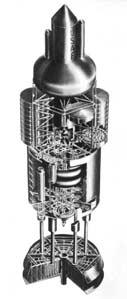
1960 – “Bussard Ramjet” using on-the-fly-fusing of indigenous space protons.
R. Bussard, “Galactic Matter and Interstellar Flight,” Astronautica Acta.
“Catalyzed Fusion: Tuning Up the Ramjet”
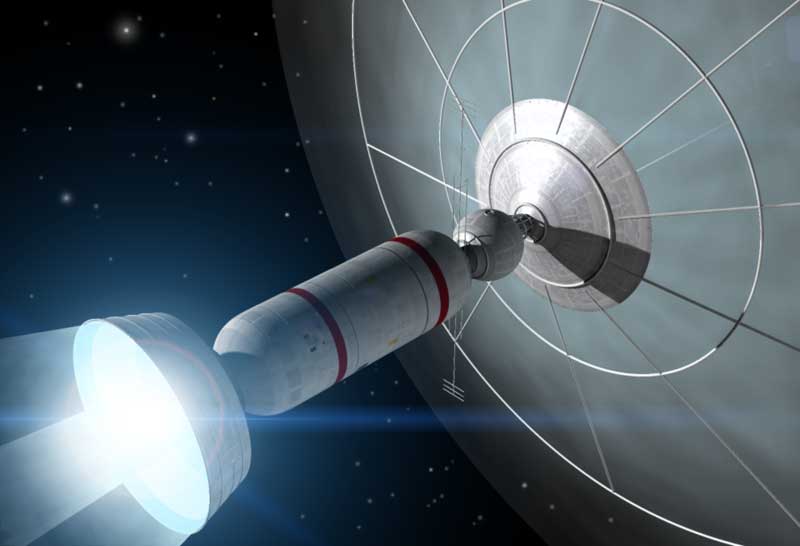
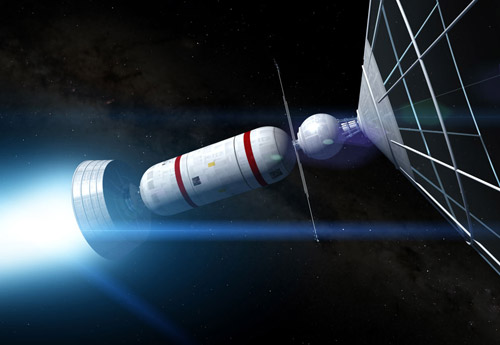
1977– “Voyager 1 & 2″ using a chemical rocket.
Jet Propulsion Laboratory et al.
“Voyager and the Will to Explore”
“Reflections on a Mythic Voyager”
“Voyager 1 Nearing Interstellar Space”
“The Enduring Legacy of the Voyagers”
Credit: NASA
Credit: Alex Szames
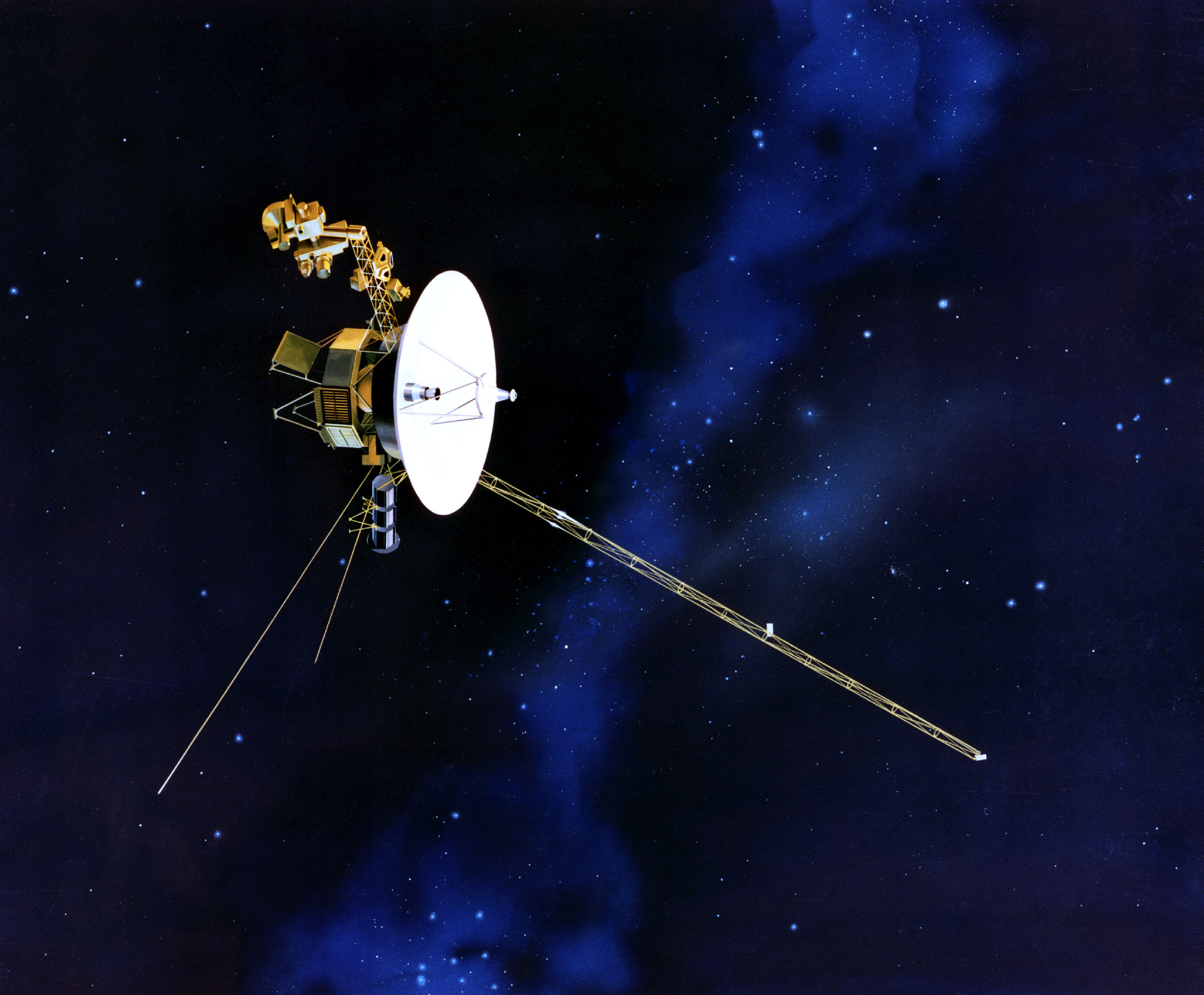
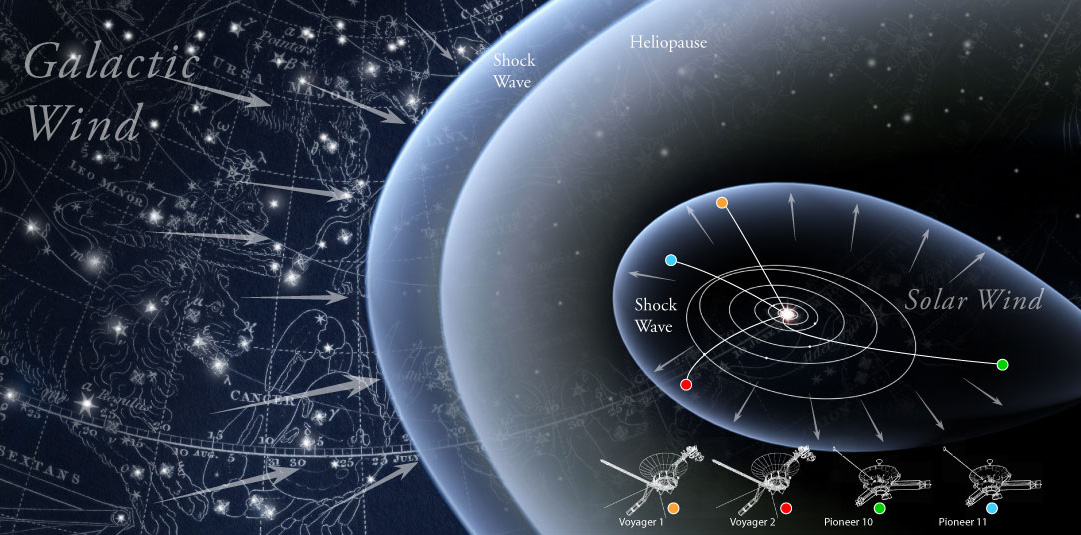
1978, Project Daedalus,” using a nuclear fusion rocket.
Alan Bond, et al, British Interplanetary Society
“Remembering Project Daedalus”
Second image shows the Daedalus’ size compared to Saturn V moon rocket.

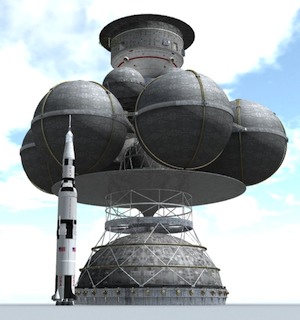
1984 – “Laser-beamed sail.
Robert Forward, “Roundtrip Interstellar Travel Using Laser-Pushed Lightsails,” Journal of Spacecraft & Rockets.
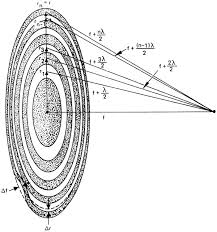
1985 – “Starwisp” using beamed microwave energy to sails.
R. Forward, “Starwisp: an Ultralight Interstellar Probe,” American Institute of Aeronautics and Astronautics
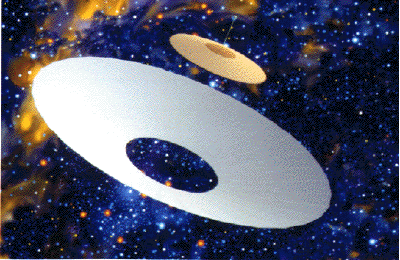
1987 – “VISTA” using a nuclear fusion rocket.
Charles D. Orth, “VISTA – A Vehicle for Interplanetary Space Transport Application Powered by Inertial Confinement Fusion,” Lawrence Livermore National Lab.
“Creating Stars in the Laboratory”
“Prior Visions of Star Flight”
Will the designer/artist of this image please contact us for due credit.
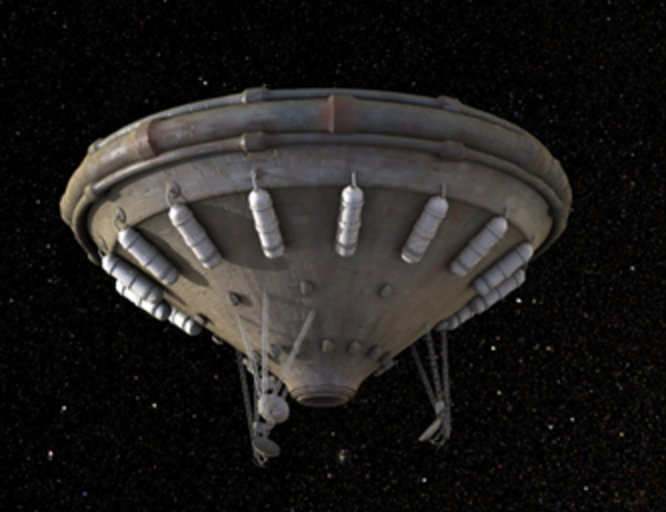
1987 – “TAU (Thousand Astronomical Units)” using nuclear-electric ion propulsion.
JPL, et al, “Tau — A Mission to a Thousand Astronomical Units,” Jet Propulsion Laboratory.
“A Practical Mission to the Interstellar Medium”
“Dark Energy: Calibrating Standard Candles”
Image: An earlier concept called Realistic Interstellar Explorer, a key step in refining the design for the current mission concept.
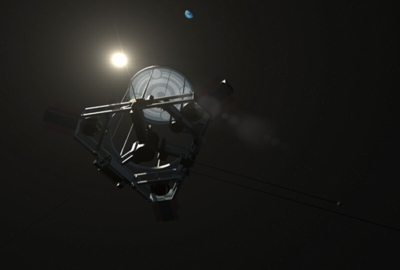
1988 – “Project Longshot” using nuclear pulse propulsion.
Beals, K. A., M. Beaulieu, F. J. Dembia, J. Kerstiens, D. L. Kramer, J. R. West and J. A. Zito, “Project Longshot: An Unmanned Probe To Alpha Centauri,” U. S Naval Academy.
“Project Longshot: Fast Probe to Centauri”
Will the designer/artist of this image please contact us for due credit.

1999 – “AIMStar” using antimatter catalyzed nuclear propulsion.
Raymond A. Lewis, Kirby Meyer, Gerald A. Smith and Steven D. Howe, “AIMStar: Antimatter Initiated Microfusion For Pre-cursor Interstellar Missions,” Pennsylvania State University.
“Antimatter’s Advantages (and the Catch)”
“A Practical Positron Rocket?”
The image shown is the ICAN-II, a precursor to AIMStar

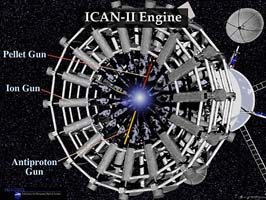
2003 – “Innovative Interstellar Explorer” using nuclear electric rockets.
Ralph McNutt, “Mission Design for the Innovative Interstellar Explorer Vision Mission” NASA (ongoing).
“Update on Innovative Interstellar Explorer”
“Innovative Interstellar Explorer: A Response to Questions”
The image shown is an early Innovative Interstellar Explorer design concept.

2009 – “Project Icarus,” using nuclear fusion rocket.
Icarus Interstellar (numerous papers, ongoing).
“Project Icarus: Contemplating Starship Design”
“Icarus: Revisiting the Daedalus Starship”
“Project Icarus: Finding the Fuel”
The image shows Icarus accelerating.

2012 – “Gravitational Lens Deep Space Probe Design.”
2nd Lt. Berkley Davis, Masters Thesis, US AFIT.
Based on commercially-available hardware to determine a realistic baseline.
“The FOCAL Mission: To the Sun’s Gravity Lens”
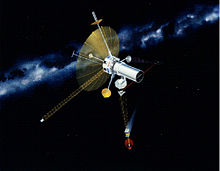
Content Contributors
- Brandon Vernon
- Curtis Wilbur
- Tatiana Covington
- Yusif Nurizade
- Geoff Landis
- Marc Millis
- Paul Glister
